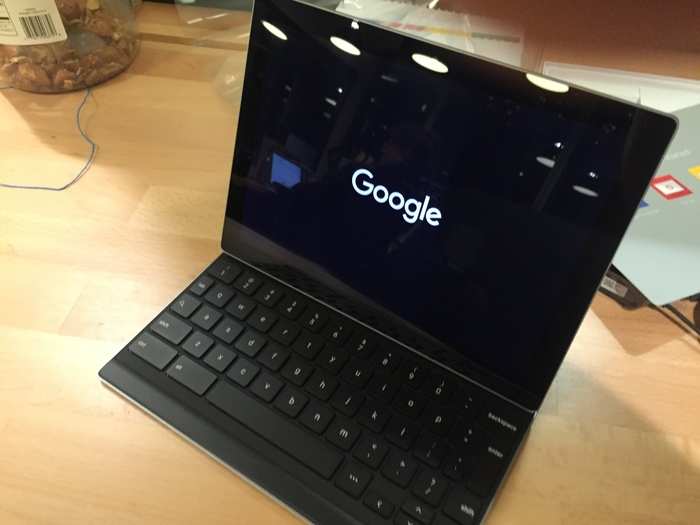

Also note the lightbar at the bottom edge here, which lights up to show the battery level when you tap it.



















If you want to try enabling it on your supported Android device, the steps are here.



 Top temples to visit in India you must visit atleast once in a lifetime
Top temples to visit in India you must visit atleast once in a lifetime
 Top 10 adventure sports across India: Where to experience them in 2024
Top 10 adventure sports across India: Where to experience them in 2024
 Market recap: Valuation of 6 of top 10 firms declines by Rs 68,417 cr; Airtel biggest laggard
Market recap: Valuation of 6 of top 10 firms declines by Rs 68,417 cr; Airtel biggest laggard

Copyright © 2024. Times Internet Limited. All rights reserved.For reprint rights. Times Syndication Service.